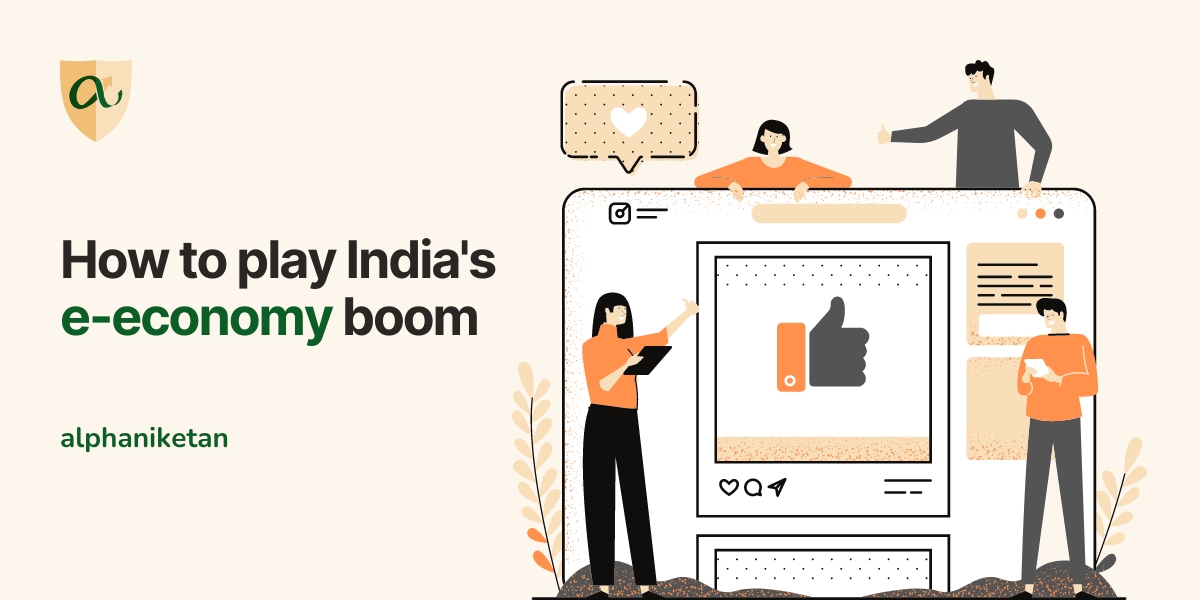Zomato, a listed player in the food delivery space, saw its share price jump above the initial public offering or IPO price of Rs 76 on Tuesday for the first time since April 2022. A primary driver for that is the sighting of profits in the food delivery business. The food delivery segment accounts for two-thirds of the revenue. It has now reported a three-fold jump in the operating profit in the quarter to March 2023 over the preceding quarter to December 2022. The management told analysts last month that the company is working on cost efficiencies without sacrificing business growth.
This year, consumer tech company shares have done better than last year.
Shares of Paytm, the payment behemoth, and PB Fintech, the insurance broking company, also gained in 2023.
Paytm’s parent One97 Communications also announced a performance showing another quarter’s operational profit. According to the management, the company hopes to turn cash flow positive soon.
If pundits are to be believed, India will likely witness a consumption boom over the next 7-8 years. India’s digital economy will likely touch the $ 1 trillion mark by 2030. A fifth of the country’s gross domestic product (GDP) will be driven by consumer spending online.
A new report by Google and Bain Capital, a global consultant and Temasek, a Singapore-based global investment company, says that as of February 2023, the number of real-time transactions per capita per year in India is far ahead of the rest of the world at 65. The world average is 25, China is 12, and the United States is 8.
Online e-commerce is expected to lead the way, with business to consumer sector growing 5-6 times to $350 bn. According to the report, the Business to Business or B2B Segment is expected to jump 13-14 times to over $100bn by 2030. Online travel, media, food delivery, and health tech are all expected to grow at least 4-5 times from the present level.
Some of the other trends highlighted show the promised land for Fintech. Digital payments are expected to be 62% of all payments by 2030 from 34%. Currently, only 12% of personal and consumer loans are disbursed digitally. That would surge to 37% by 2030. Similarly, more digital users could get comfortable buying insurance or investing.
The anticipation is significant as the benefit of India’s digital stack made of a Unified Payments Interface, Aadhaar, Smartphones, and bank accounts witnesses wider adoption over the next five years.
From an investment standpoint, the critical aspect is that consumer or fintech companies that merely spoke about growth are now discussing profitability.
As an investor, you must identify sectors you believe will have secular growth. Considering the under-penetration of financial services, it is a no-brainer that mutual funds, insurance and stockbroking services delivered digitally would proliferate. Similarly, people will continue to pay using their smartphones and transact regularly.
References:
https://services.google.com/fh/files/blogs/india_economy_report_2023.pdf
Thank you for reading this post, don't forget to subscribe!




